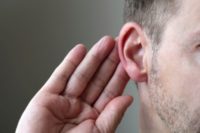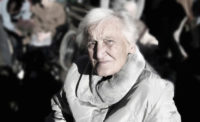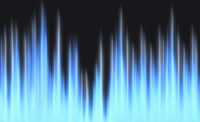Study: oxygen therapy may help sudden hearing loss

Viruses and blood flow issues can, in rare cases, trigger sudden and profound hearing loss. Research supports the use of hyperbaric oxygen treatments to restore hearing in some patients.
A review of the collected evidence suggests that -- added to standard drug therapy -- hyperbaric oxygen treatment "is the most beneficial treatment option" for what doctors call "sudden sensorineural hearing loss," according to a specialist in hyperbaric medicine at the National Maritime Medical Center in Seoul.
Sensorineural hearing loss occurs in about 1 out of 10,000 people, and is thought to be triggered by a viral infection or circulatory problems within the ear.
According to medical experts, one in every three people will get their hearing back without any treatment. For the other two-thirds of patients, drugs -- most often steroids -- are used, as well as hyperbaric oxygen.
In this treatment, patients are placed in a device that boosts oxygen levels in the inner ear.
How well does the therapy work? Data from 19 studies were reviewed that compared outcomes for people with sensorineural hearing loss. Patients either received drug therapy alone or drug therapy plus hyperbaric oxygen. A total of more than 2,400 patients, averaging 45 years of age, were included.
Researchers found that people who got the combo therapy were 61 percent more likely to achieve complete hearing recovery compared to people who only got medicines. The average amount of hearing recovery was also higher, overall, for people who got both therapies rather than drugs alone.
Also, hyperbaric oxygen appeared most helpful for those patients who had experienced the most profound hearing loss.
Still, experts say many more studies, with much more stringent criteria and controlled variables are required to make more definitive conclusions.
And there is the cost of hyperbaric oxygen therapy to consider. The study found that benefits usually appeared after at least 20 hours of therapy, and that hyperbaric oxygen typically costs $300 per hour in the United States.
Source: The findings were published Sept. 27 in JAMA Otolaryngology -- Head and Neck Surgery.
Looking for a reprint of this article?
From high-res PDFs to custom plaques, order your copy today!






